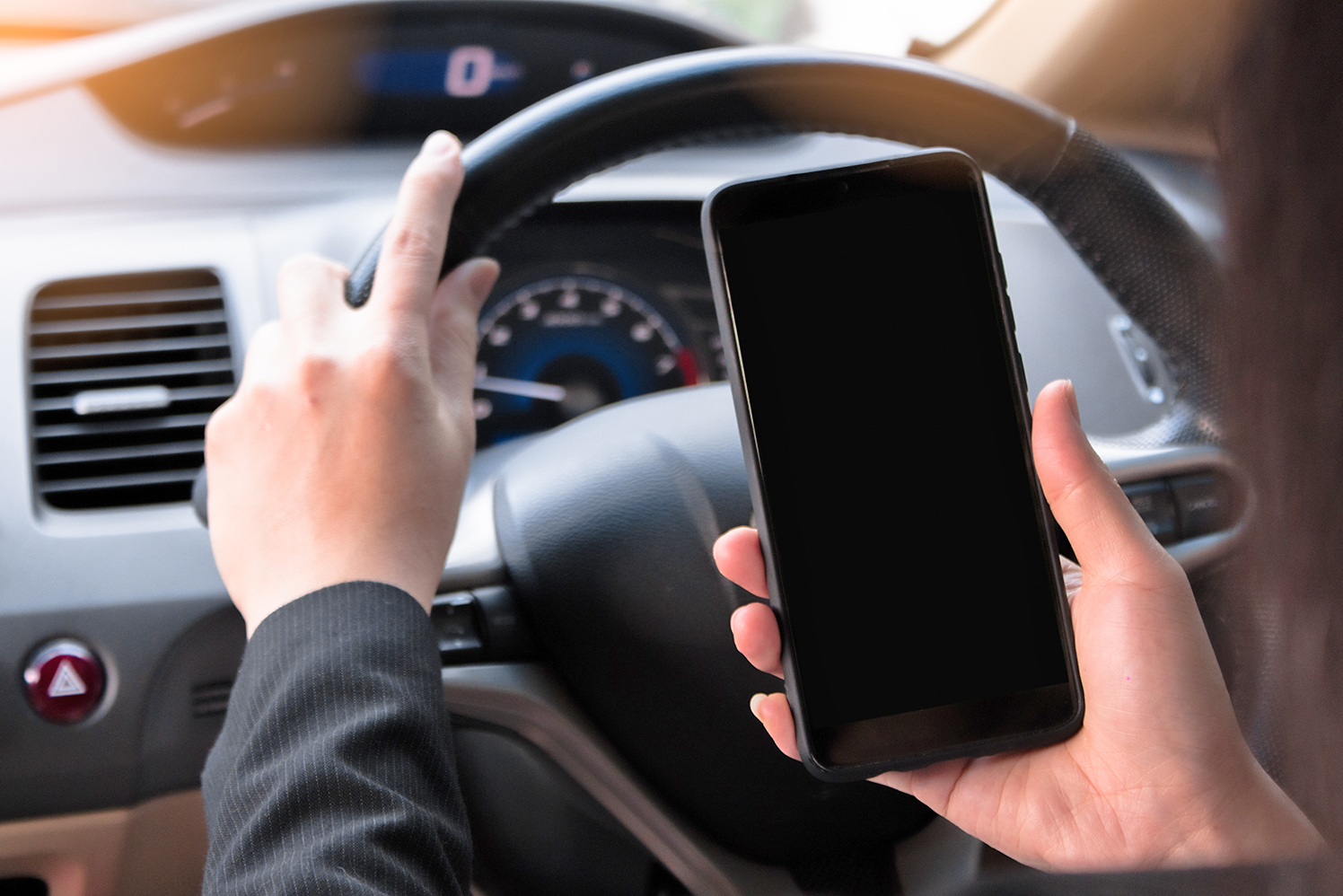Police issue 39 tickets in bridge checkpoint

Staff Reporter
Nearly 40 tickets were issued by police to Whakatāne drivers during a checkpoint near the Landing Road bridge on Thursday morning.
During the same operation, none of the 65 drivers who were breath tested were found to be over the legal alcohol limit.
The Thursday morning operation saw police check that drivers were wearing their seatbelts and paying attention to the road, rather than being on their phones.
“We had about two dozen, give or take, who were not indicating, following too closely and quite obviously in a severe rush, not wearing their seatbelts correctly – the appropriate way is to have the strap on the outside of the arm, not tucked underneath it – and on their phones,” Senior Sergeant Cam MacKinnon said.
“If you have your phone hooked up to a cradle on the dash, you don’t touch it and it’s on speaker, that’s acceptable.
“But the number of people we found talking on their phones while crossing the bridge during the heavy commuter time, taking their attention away from the road, that was disappointing.”
Three of the tickets issued by police were for speeding and 36 were for a variety of offences, including not wearing a seatbelt and talking on the phone.
Mr MacKinnon said the public should expect police to maintain a visible presence and prioritise road safety measures, especially in heavy commuting areas and areas of concern.
Mr MacKinnon said police specifically targeted the road because as an area with heavy commuting traffic, one issue on the bridge can stop everything – as evidenced by the hold ups caused by a large Foodstuffs truck breaking down a day prior.
The traffic issue was resolved when a police officer determined that his work-issued Mitsubishi Triton was up to the task of towing the truck off the bridge.
“The incident with the truck was unavoidable,” Mr MacKinnon said.
“It was a breakdown of quite a large vehicle that just brought everything to a screaming halt.”
Mr MacKinnon estimated the road was blocked for between 30 minutes and an hour.
While the incident with the truck was unavoidable, there were ways other road users could reduce the risk of serious harm being caused during crashes.
“Distractions, restraints, being impaired while you’re driving and speed; if we can reduce the incidences of that occurring, then we reduce the harm that is caused to people when they do crash.
“Crashes happen from time to time, but if people are aware, they are less likely to happen. If they are observing the correct following distance, they’re less likely to happen.
“Keep off your phone and wear your seatbelt.”